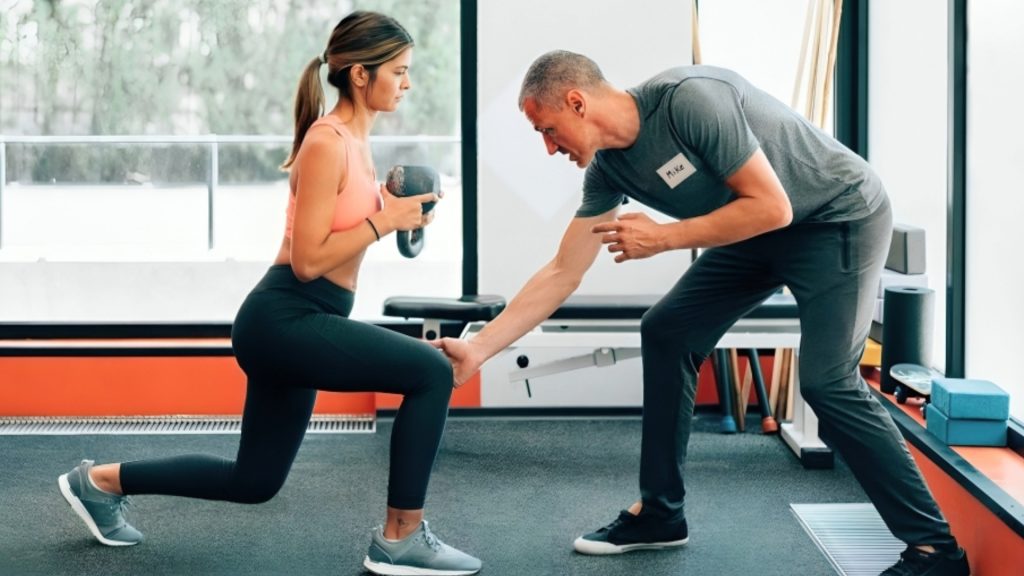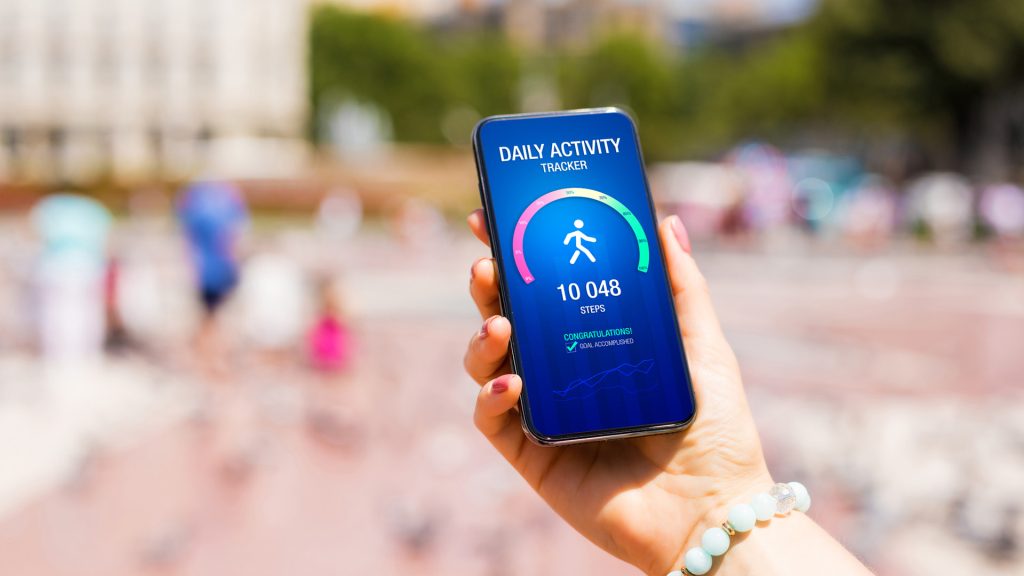Artificial intelligence (AI) never ceases to amaze us. Time and again, it continues to set the tone for what the future has in store, but is there a line to how far AI can go? Well, that seems to be the million-dollar question in regard to AI personal training – the world’s latest breakthrough in fitness technology.
What Is AI Personal Training?
AI personal training refers to the use of artificial intelligence (AI) to create and customize workout plans based on an individual’s goals, preferences, allotted time, and equipment available. Users then provide feedback – such as how well they performed and how difficult it was – to help the AI technology tailor future workout plans to better suit their needs and goals.

One of the primary benefits of using AI for your next workout routine is that it’s always evolving – and always improving. It’s more affordable than working out with a human personal trainer and is best suited for those who live an active, on-the-go lifestyle, but it’s also a rather new concept that requires more time to fully mature.
How Can Human Personal Trainers Utilize Artificial Intelligence?
AI fitness coaching isn’t just for athletes. In fact, many human personal trainers are harnessing the power of artificial intelligence in their own practice to improve efficiency, effectiveness, and accuracy when working 1-on-1 with a client. This combination of human touch and machine learning is a dream come true for any fitness professional looking to establish themselves as a leader.

Personal trainers use artificial intelligence in the same way athletes do, but are then tasked with adjusting, fine-tuning, and improving upon AI’s output. It saves time by automating the beginning stages of their process, which allows them to focus more on delivering what AI struggles to provide – including hands-on guidance, emotional intelligence, empathy, and face-to-face interaction.
Integrating AI With Wearable Fitness Technology
Wearable technology has found an everlasting home in the fitness community. The introduction of fitness trackers, smartwatches, and smart clothing allows athletes and fitness enthusiasts everywhere to monitor their vitals and measure their progress with the flick of their wrist, but what does this mean for AI personal training? Data – it means more precious data!

The one thing AI feeds off of is data – the more data you provide, the better it gets. That’s why most AI fitness apps leverage wearable technology to provide valuable data – such as heart rate, blood pressure, calories burned, steps taken, mileage, and activity levels – which is then used to adjust and improve the user’s custom-made workout routine.
Integrating AI Personal Training With Virtual Reality
One of the most significant drawbacks of AI personal training is that it’s not engaging or motivating enough for those who need that extra push when maintaining an exercise routine. Virtual reality is attempting to solve that by introducing your AI personal trainer to the virtual world – which allows for a much more immersive, engaging, and rewarding fitness experience.

Virtual reality (VR) headsets allow users to workout in practically any setting or environment, while AI tailors their workout to their exact needs and preferences. The virtual trainer is with you every step of the way and offers real-time coaching and instant feedback to help you improve form, correct technique, and maintain intensity levels.
Analyzing Posture With AI Pose Estimation Software
Just when you thought AI personal training couldn’t get any better, the introduction of pose estimation software is upping the ante. Now, your AI personal trainer can monitor your movements, poses, and posture by tracking specific points across your body – allowing for more accurate suggestions and feedback on form and technique.

Human pose estimation software is making artificial intelligence smarter by providing even more data entry points to analyze. This means AI personal trainers are more equipped to help those who are new to the fitness industry and those who struggle with proper form, while also reducing the risk of injury – which is always a plus!
Pros And Cons Of Artificial Intelligence In Personal Training
AI personal training is a cost-effective and time-effective alternative to working out with a human personal trainer. Artificial intelligence does a great job of determining the right amount of sets and reps to take for each exercise. It can even provide various other recommendations to improve your diet, lifestyle, sleep, and other daily habits.

On the flip side, AI personal training is still a relatively new concept in the fitness community – which means it hasn’t quite matured yet. It can’t replace the human experience and social interaction of 1-on-1 personal training. It isn’t always 100% accurate. It lacks hands-on guidance, and increases the risk of injury – especially among those new to exercise.
AI vs. Human: Is There Room For Both In Personal Training?
Many people are under the impression that AI fitness coaches are out to replace human personal trainers, but that’s not necessarily the case. There are things humans can do that artificial intelligence can’t – just like there are things AI can do that a human can’t. Instead of replacing personal trainers, AI is supposed to help personal trainers – like a supplement.

If you think AI personal training is just a fad that will eventually fade away, think again – because it’s here to stay! Companies like Freeletics, Fitness AI, Aaptiv, FitBod, Tonal, Tempo, and Vi Trainer are already leading the way for the next generation of exercise, and we’re excited about what the future has in store for the fitness community at large.






